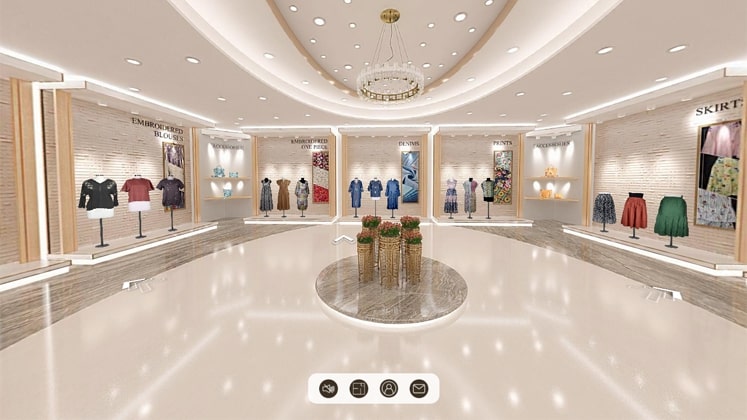
The attention span of customers is already short, and brands are competing with each other to grab that. With this, experiential marketing plays an important role in being relevant by adapting interactive technologies that maximize brand awareness.
This article talks about one of the best examples of experiential marketing i.e., virtual showrooms. It talks about how virtual showrooms build a long-lasting emotional bond with customers and allows them to make a decision by looking at multiple options. The article further talks about how virtual shops work in terms of giving customers a real-time shopping experience while sitting at home.
Virtual Reality also plays a vital role in enabling brands to create such an experience. Customers can be assisted by avatars in their shopping journey. As opposed to physical showrooms, virtual showrooms can allow multiple buyers and purchase orders at the same time. Brands like Tommy Hilfiger and Diesel have already adapted to this technology enabling better buyer experience and fighting environmental issues. Obsess, a US-based brand created virtual stores entirely on the web, eliminating the need for VR headsets or any other app. They replicated the offline store online, creating a similar experience for their customers.
The article lastly talks about the technology that goes behind virtual showrooms. It states that a virtual lab can ideally be adaptable for all kinds of products and go beyond e-commerce catalogues. It can have advanced functions like add to cart, live chat, video calling, etc. Does it mean that we will see online shopping with a new lens in the coming years? If so, how well are marketers prepared to make the most of this technology?